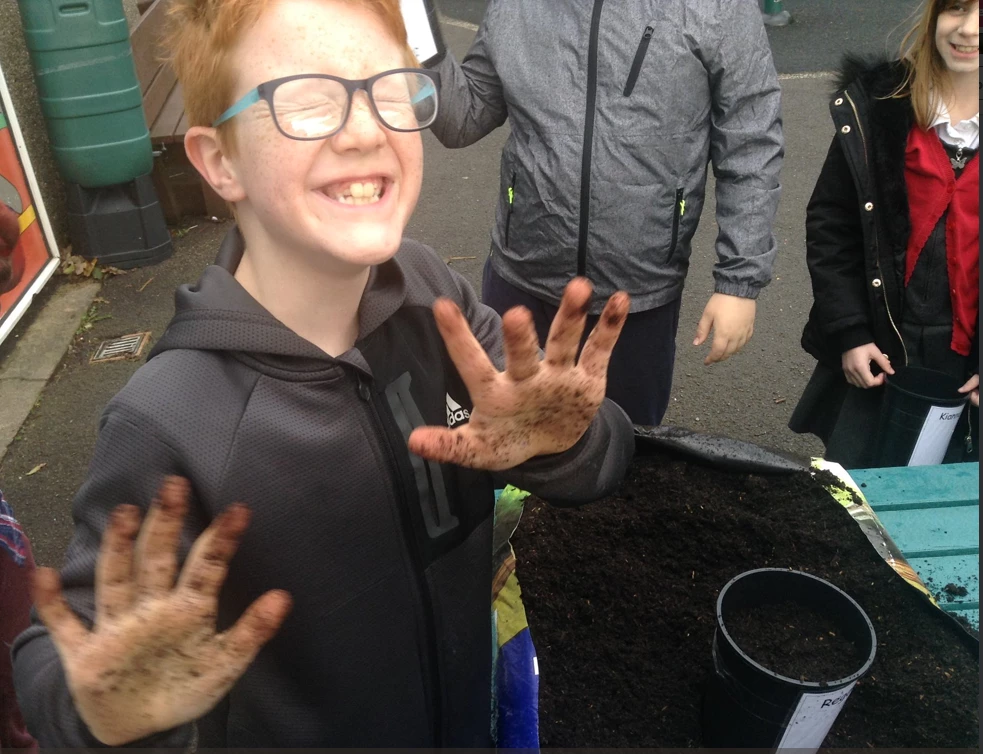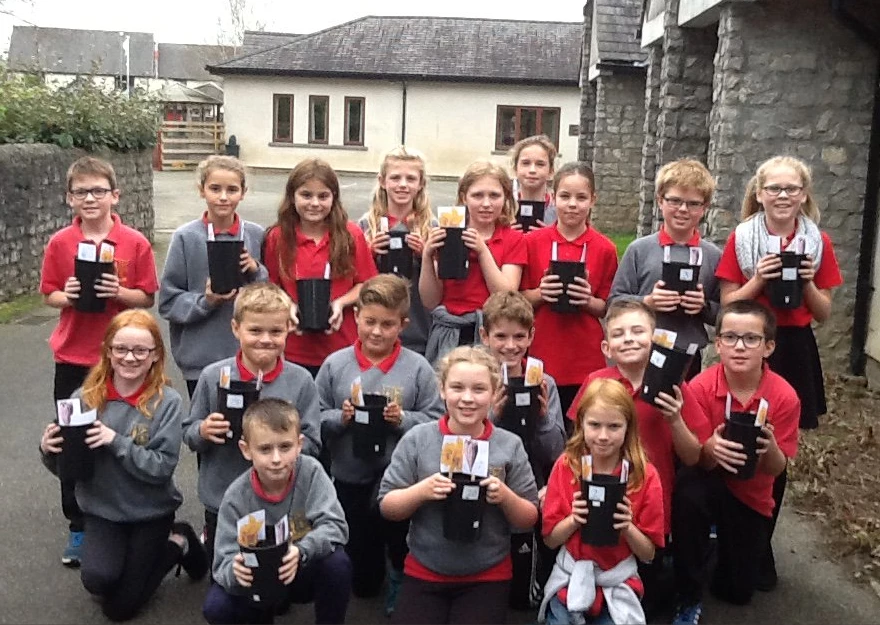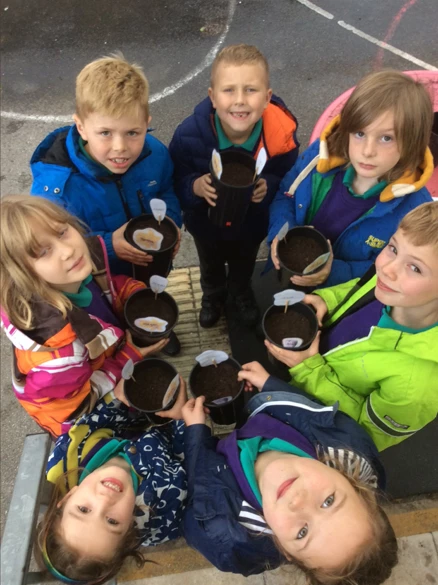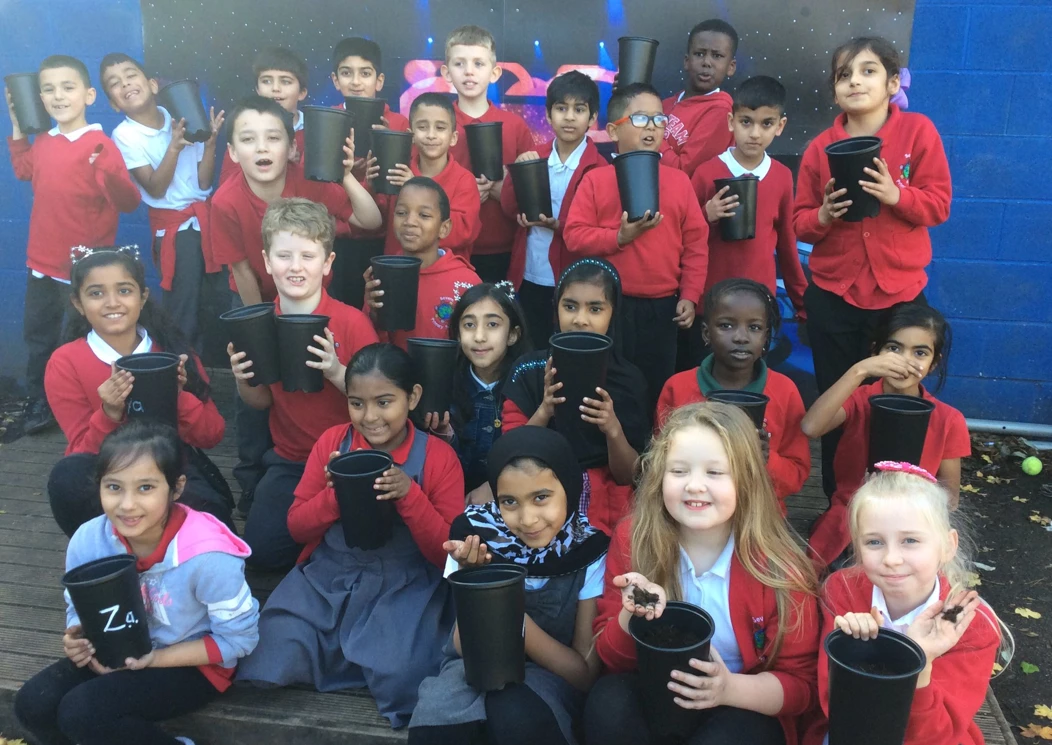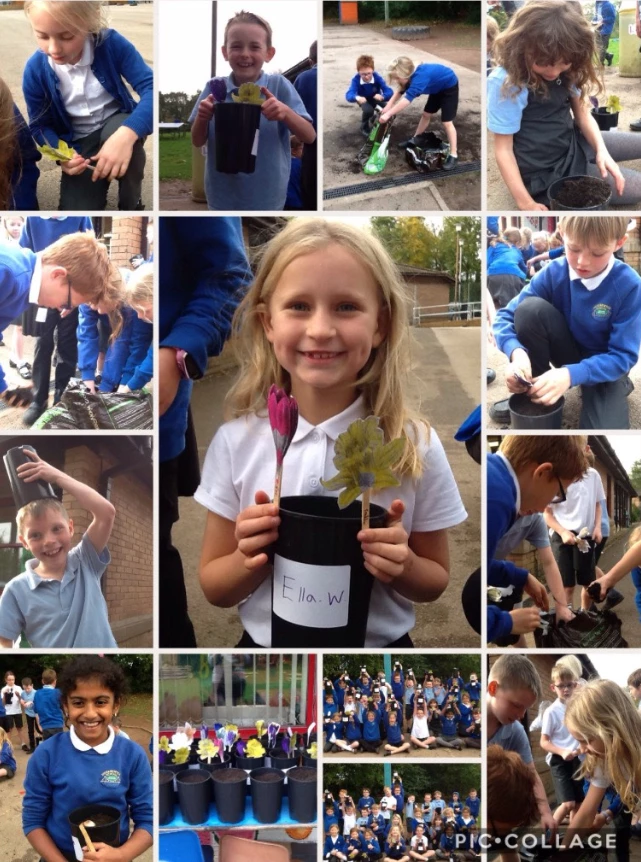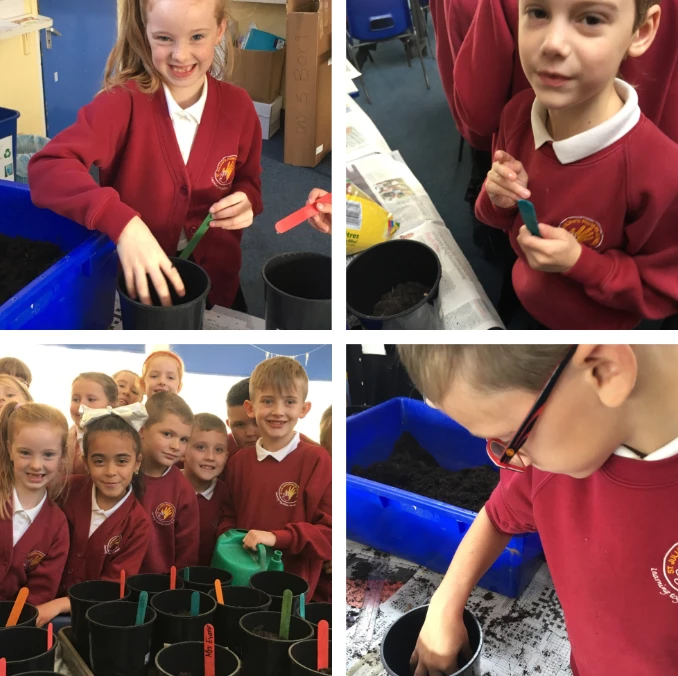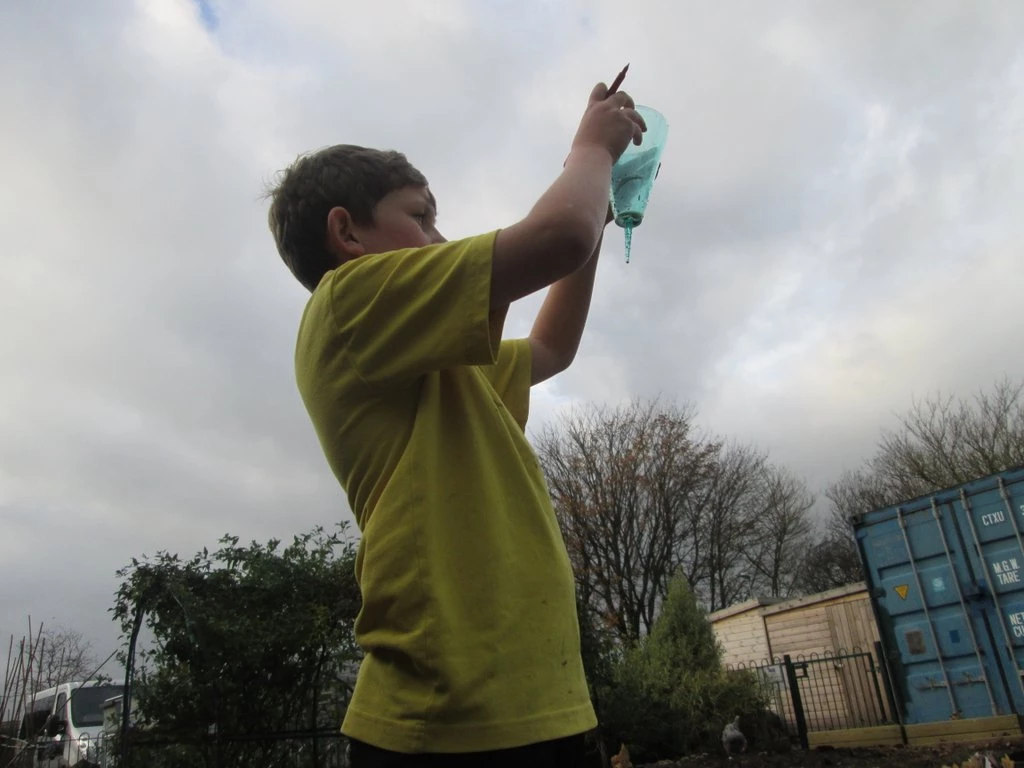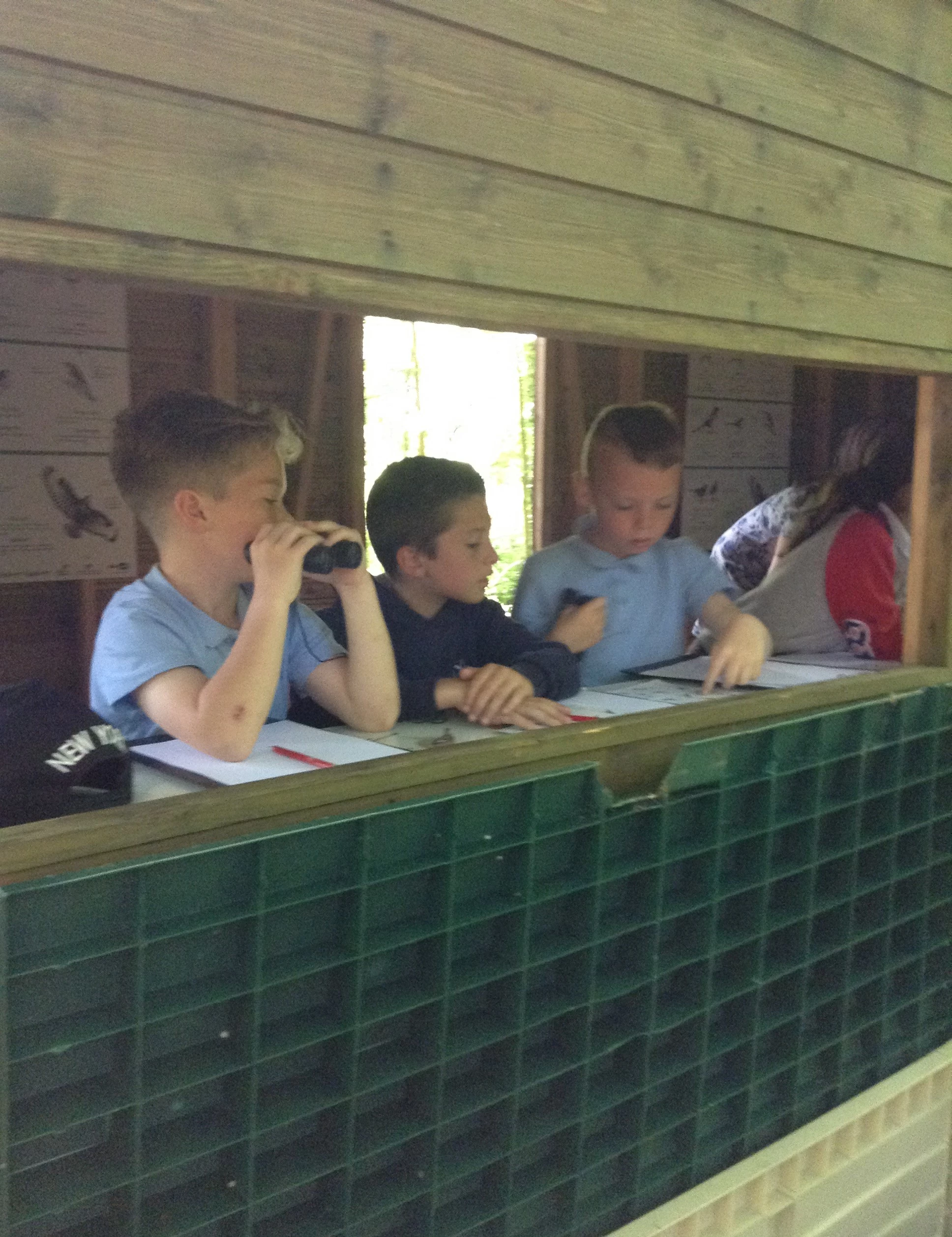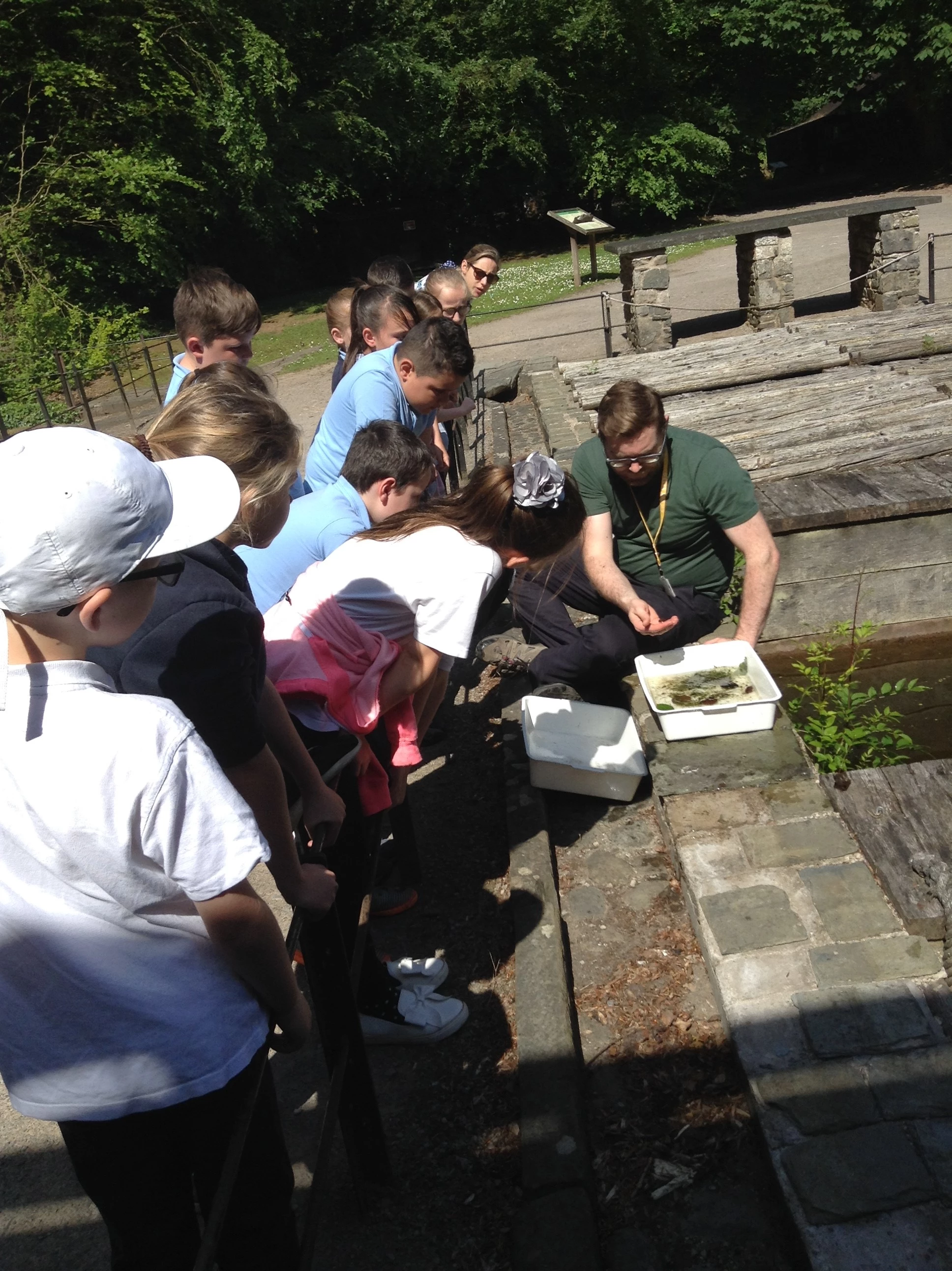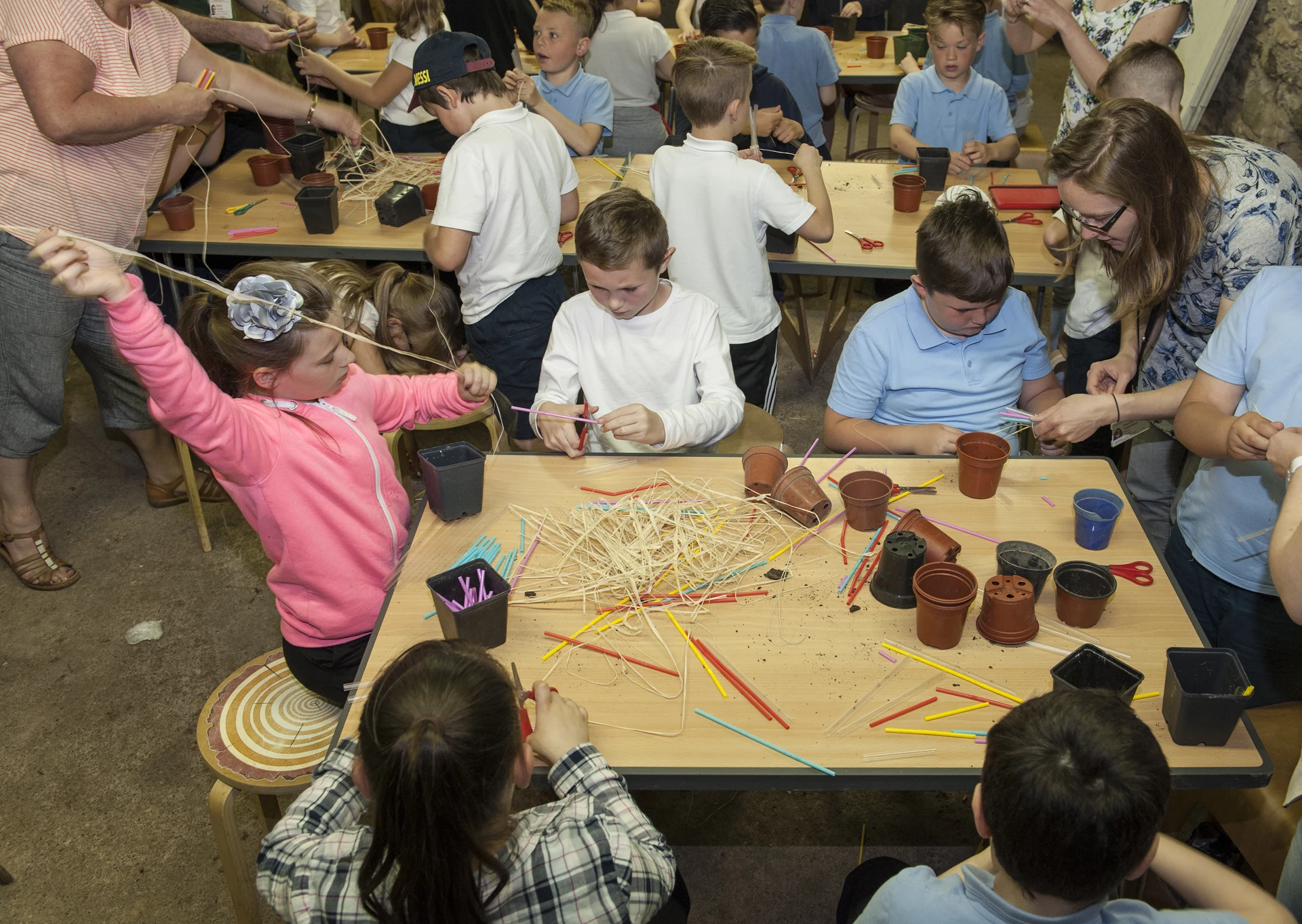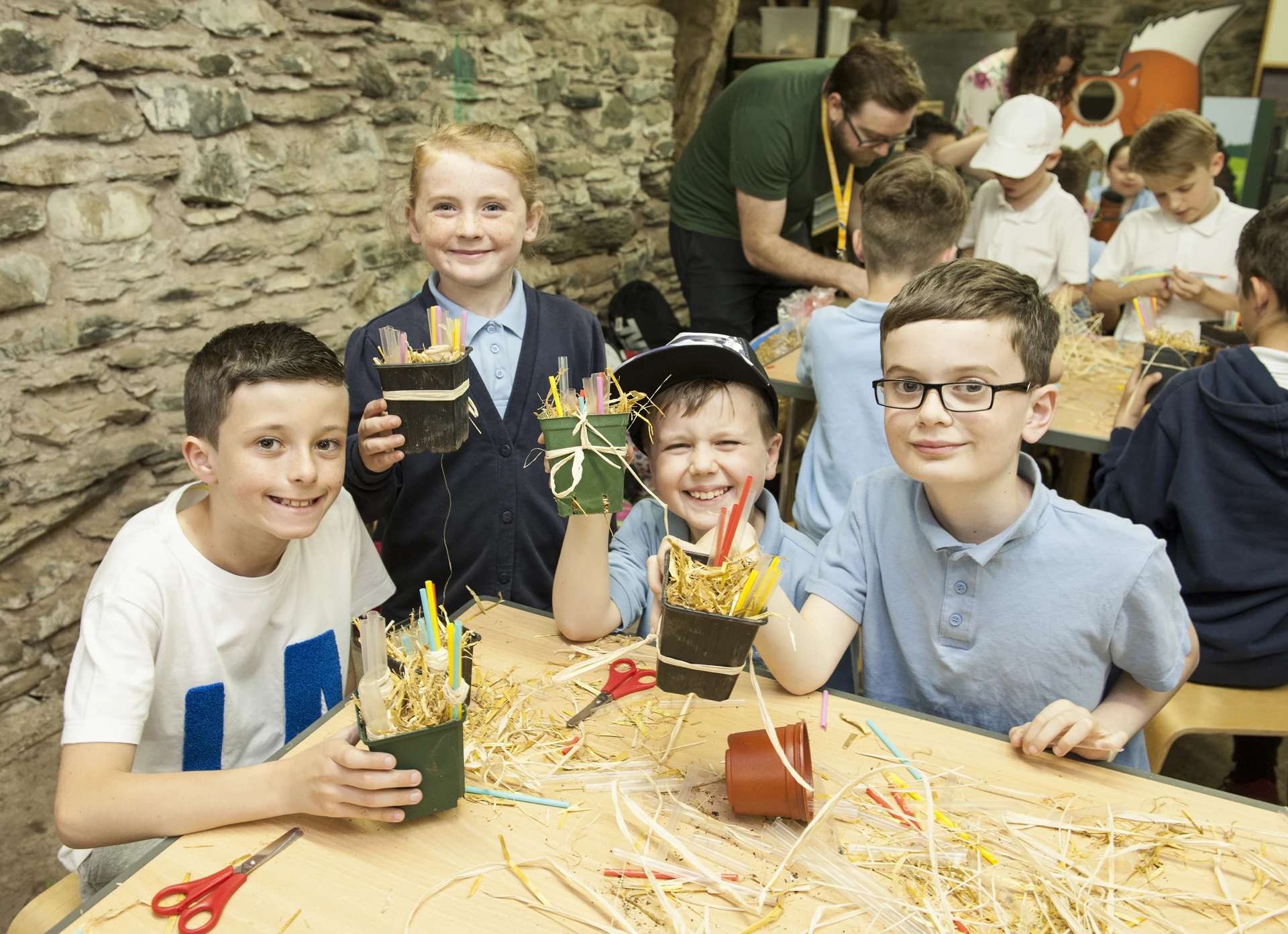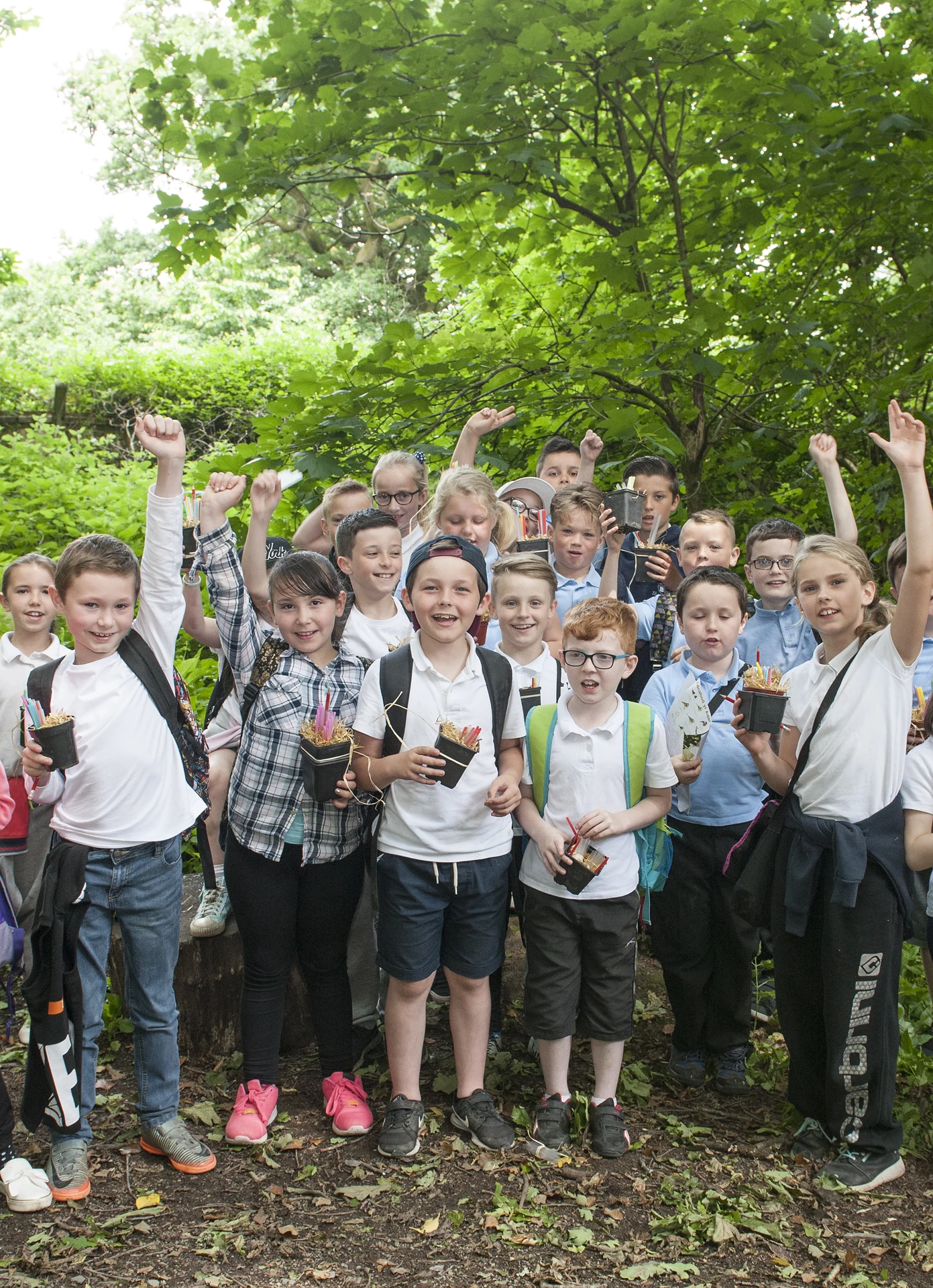Spring Bulbs for Schools - Comments from Week One
, 24 November 2017
Thank you for sharing your comments when entering your weather data Bulb Buddies. It's always fascinating to hear what your experiences of the project have been. I've answered the comments from week one of the project below. Keep up the good work!
Professor Plant
Your Comments:
Stanford in the Vale Primary School: Hi this is Stanford in the vale primary school, we done this amazing project last year. I am R one of the gardening club members. I was the one that recorded and submitted this data last year. I loved doing this project last year, I hope I will this year to. I will be also teaching some of my friends how to do this project this year too. Bye Bye R.
Professor Plant: Hi R, it’s fantastic to hear that you enjoyed the project last year and I hope you enjoy it even more this year! Well done for sharing your knowledge by teaching others. You will be able to see your results from last year on the website, and can compare them to your findings this year! Good luck.
Belvoir Park Primary School: Thermometer has broken so no record for temperature.
Professor Plant: Thanks for letting me know Bulb Buddies. A new thermometer is in the post and should be with you early next week.
St Andrew's RC Primary School: It has been a cold week with low rainfall.
We had so much fun doing this job.
Professor Plant: I’m glad to hear you are enjoying the project Bulb Buddies. Keep up the Good work!
Tonyrefail Primary School: We had to move our rain gauge on Wednesday as we realised it was very close to a shelter. There was no school on Monday.
Professor Plant: Well done for noticing that the rain gauge reading was being affected and for finding a more suitable place Bulb Buddies. Good work!
Carnbroe Primary School: Hello Professor Bulb our names are B and F. We are the rainfall and temperature measurers this week. The weather this week has been dry, sometimes sunny and we have only had rain on one day!
Professor Plant: Hi Bulb Buddies, thank you for sharing your weather observations with me! I hope that you are enjoying the project.
Canonbie Primary School: We really liked this week because everyone had a good time measuring rainfall and temperature. We liked using the correct scales to measure temperature in Degrees Celsius. We made sure that our results were accurate whilst having fun as well! It has been quite cold this week but the afternoons have been brighter-lovely fresh weather. See you next week.
Professor Plant: Hi Bulb Buddies, I’m glad to hear that you are enjoying the project! It sounds as though you are being very thorough in your investigation. Fantastic work!
St Kieran's Primary School: I have really enjoyed the planting of the bulbs and reading the thermometer and rainfall gauge.
Professor Plant: It’s lovely to hear that you are enjoying the project! You might also enjoy comparing your results with those from other schools across the country by using the weather record graphs on the website.
Whitestone Primary School: Children are excited about taking part in this project again this year.
Professor Plant: Fantastic to hear, I hope they enjoy the project and that they engage with the resources on the website to further develop their knowledge and skills from last year.
Steelstown Primary School: We have been enjoying taking part in the project so far.
Everything is going successful at the moment. We are happy that we joined the project.
Professor Plant: I’m glad to hear everything is going well Bulb Buddies. Keep up the good work!
Carnforth North Road Primary School: It was very muddy but we really enjoyed it.
Professor Plant: I’m not sure if planting your bulbs was muddy, or if it was muddy when you collected your weather readings? I’m sure mud will have added to the fun in both cases!
Waddingham Primary School: This week the whole class read the temperature and rainfall measurements so we knew we were accurate.
Professor Plant: Fantastic Bulb Buddies, it’s a good idea to take readings together to begin with to make sure everyone is getting the same answers. Good work.
Llanishen Fach Primary School: We've enjoyed being weather monitors this week.
Professor Plant: You’ve done a fantastic job as weather monitors Bulb Buddies. I’m glad to hear you are enjoying the project.
Ysgol Bro Pedr: Our data is collected at the same time every day. We had two frosty early mornings, but it opened up beautifully by the time we recorded the temperatures. Tuesday was a washout!
Professor Plant: Good work Bulb Buddies, consistency is important to scientific investigations. Keep up the good work!
Inverkip Primary School: Our temperature has been the same all week. We hope this will make our bulbs grow faster.
Professor Plant: That’s very interesting Bulb Buddies. Are you able to check the thermometer in the morning, just to be sure that it is working properly? It’s likely to be colder in the morning than it will be in the afternoon. Why do you think that is?
Pembroke Primary School:
We have a Vantage Pro2 weather station and we can provide more accurate data.
This will include daily low, high and mean temperatures and daily rain to nearest 0.2mm. I was unable to paste an image of records so typed below.
Monday 6th Mean temp 8.3 High temp 11.7 @13:30 Low temp 3.9 @ 06:00 rain 0.2mm
Tuesday7th Mean temp 9.3 High temp 12.1 @11:00 Low temp 4.1 @ 00:00 rain 3.6mm
Wednesd8th Mean temp 6.2 High temp 10.4 @14:00 Low temp 2.8 @ 07:00 rain 0.2mm
Thurs 9th Mean temp 10.4High temp 15.4 @12:00 Low temp 6.6 @ 00:30 rain 0.0mm
Friday10th Mean temp 10.9High temp 12.4 @13:00 Low temp 7.8 @ 00:30 rain 0.0mm
Professor Plant: This is very exciting Bulb Buddies, thank you for sharing. There’s lots you can do with this data, including finding the average temperature and rainfall for the whole of November! Once you have this, you can compare your data to the average for the UK!
Betws Primary School: I think that the spring bulbs are growing up faster than last year.
Professor Plant: You’ll have to watch your pots carefully, and let me know when you see the first signs of growth!
Auchenlodment Primary School: We are working hard to learn how to read scales and record the important data.
Professor Plant: Fantastic Bulb Buddies, you are doing a great job!
Ysgol San Sior: Great first week.
Professor Plant: I’m glad to hear it Bulb Buddies!
Arkholme CE Primary School: We are the first to record the weather and temperature and are bulbs are safely planted!!
Professor Plant: Fantastic Bulb Buddies, thank you for your hard work!
St Robert's R.C Primary School: Our first week of records Professor Plant from Dosbarth Seren.
Professor Plant: Diolch Dosbarth Seren, great work!
Ysgol Y Traeth: Mae hi wedi bwrw glaw yn Abermaw wythnos yma ond dydi hi ddim yn
ofnadwy o oer.
Athro’r Ardd: Diolch am rannu eich sylwadau, cadwch lan hefo’r gwaith da!
Ferryside V.C.P School: Roedd yn wythnos sych a'r tymheredd yn gyson.
Athro’r Ardd: Dda iawn Cyfeillion y Gwanwyn, diolch am rannu'ch sylwadau.
YGG Tonyrefail: Wedi mwynhau.
Athro’r Ardd: Rwy'n falch o glywed hynny Cyfeillion y Gwanwyn.
